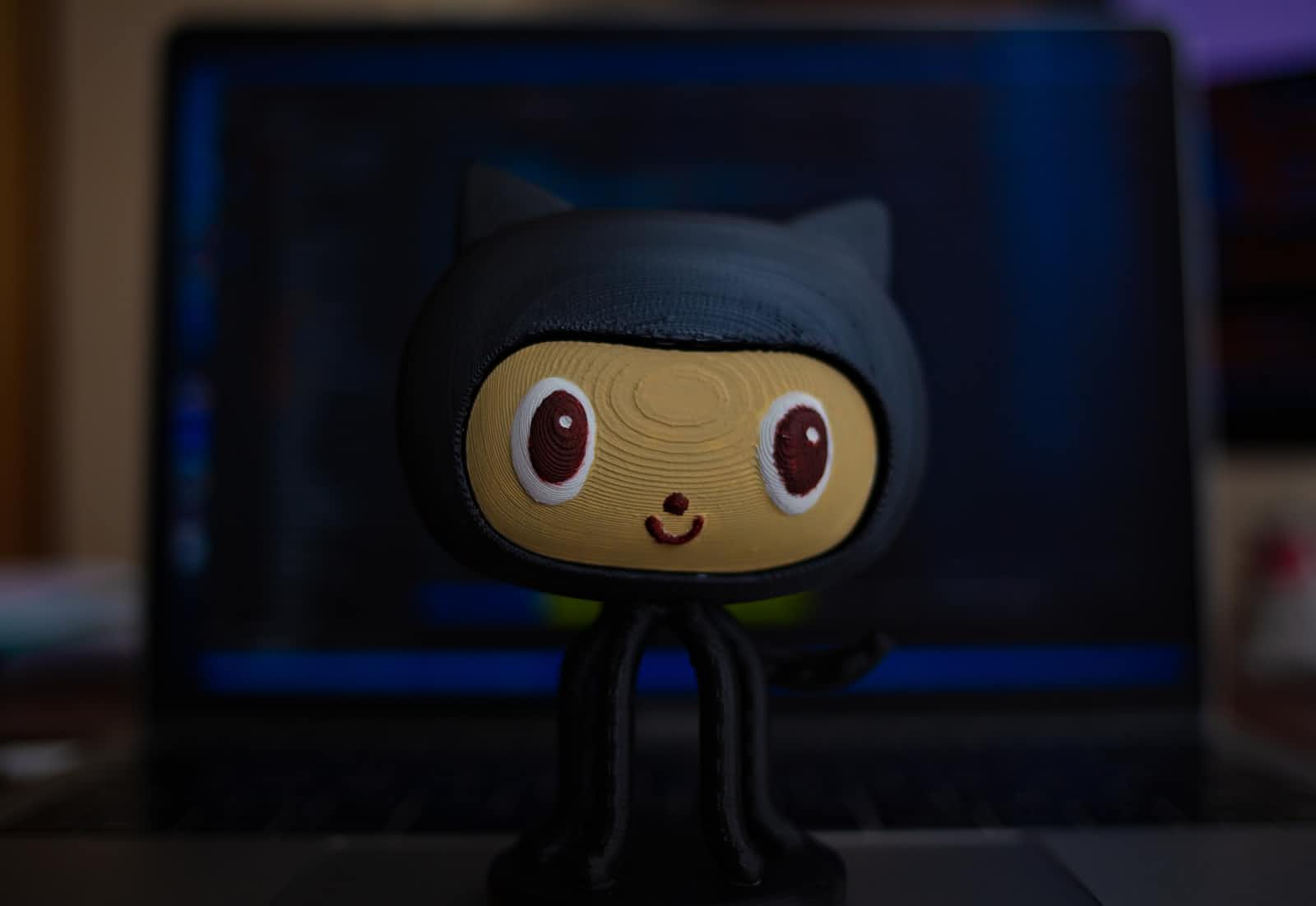Git Aliases
 Pratik Jagrut
Pratik Jagrut
Git is the most widely used Version Control System (VCS) or Source Code Management(SCM) software. It is a day-to-day go-to tool for many developers. Many developers use a terminal/command line to operate it.
In the terminal, we type git commands git <sub-command> <flag> it runs if it succeeds we're happy. On a day-to-day basis, we mostly use repetitive commands like git pull <remote> <branch>, git push <remote> <branch>, git commit and many others and sometimes we use prolonged commands like this one git log --graph --pretty=format:'%Cred%h%Creset %Cgreen%cr%Creset -%C(yellow)%d%Creset %s %C(bold blue)[%cn]%Creset' --abbrev-commit --date=relative which prints commit history in a custom fashion.
Typing those repetitive or lengthy, complex commands with too many arguments could be erroneous and could decrease our efficiency ensuing less productivity.
In this article, we'll learn how to run Git commands efficiently and develop a more productive Git workflow using Aliases.
NOTE: The aliases in this article are my personal choice influenced by my day-to-day Git interaction.
What is an alias?
Aliases are short commands assigned to a particular command. It can be visualized as a shortcut for any command.
Creating an alias serves some basic needs:
It helps to shorten the lengthy command and saves us from tedious, erroneous typing.
It saves us from memorizing complex commands.
Creates abridged commands for regularly used commands ensuing in an increase in productivity.
We can use two types of aliases for Git commands:
Bash alias
Git alias
We'll look into both.
Bash Alias
Defining a bash alias is a simple task. Below is a command for it.
alias g='git'
And done, we've g as an alias for the git command.
But this alias is not persistent as soon as you end the terminal session the alias is gone. To make it persistent we've to add this alias in .bashrc if you use the bash shell or .zshrc if you use zsh. These files are mostly located in your home directory.
To know what shell you're using type echo
echo "$SHELL"
/usr/bin/zsh
For the git command, I've two bash aliases g and gt. Sometimes due to an old habit, I tend to type git instead of g and while doing that sometimes I miss the i in git so to avoid throwing an error I added gt as an alias in .zshrc.
alias g='git'
alias gt='git'
Git alias
To define a git alias we use the git config command. We can define two types of aliases in Git.
Global aliases, are stored in.gitconfigfile which is mainly located in the home directory. These aliases are available to all git repositories present in the system. Command to define global alias:git config --global alias.<alias_name> '<command>'or you can directly edit the .gitconfig file.Local aliases, which are stored in.git/configfile of the particular project. These aliases are not available to any other repository. Command to define local alias:git config alias.<alias_name> '<command>'or you can directly edit the .git/config file.
Some useful git aliases
Git Status
git statusis a command which is used very frequently to see changed or untracked files.git config --global alias.st 'status'So now instead of
git statuswe can just typegit storg stif bash aliasg=gitis set. This is the benefit of using aliases, the whole command can be converted into a few characters.$ g st On branch master Your branch is up to date with 'origin/master'. nothing to commit, working tree cleanThe git will store this alias in
.gitconfigfile under[alias]section asst = status.Git Pull
git pull <remote> <ref/branch>this command pulls the code from a specified remote branch.git config --global alias.pl 'pull'Now the pull command will be
git pl <remote> <ref/branch>.We can shorten it further depending on the remote and branch.
git config --global alias.plo 'pull origin'Now the command
git plo mainis the same asgit pull origin main.We can create dedicated alias for
git pull origin maingit config --global alias.plom 'pull origin main'Now the entire command is abridged,
git plom.Git Checkout
git checkoutSwitch branches or restore working tree files.git config --global alias.co 'checkout'Now we can use
git co <branch>to checkout that branch.To create a new branch we use
git checkout -b <new_branch> <start_point>git config --global alias.cnb 'checkout -b'So now we can use
git cnb <new_branch> <start_point>Git Branch
git branchList, create or delete branchesgit config --global alias.br 'branch'$ git br * branch1 mainGit add
git add <pathspec>...adds file contents to the indexgit config --global alias.a 'add'The command will be
git a <pathspec>...To add all the files (changed + untracked) we can do
git add .git config --global alias.aa 'add .'Now to add all files we can use
git aaGit commit
After adding files to the index we use
git committo record changes to the repository. For git commit alias could be:git config --global alias.ci 'commit'$ git ci [update.theme 89f083e] Update CR yaml 1 file changed, 1 insertion(+) create mode 100644 cr.yamlGit push
Once your changes are committed and you need to update the remote reference with new changes we use
git push <remote> <branch>git config --global alias.p 'push'We can shorten it further depending on the remote and branch.
git config --global alias.po 'push origin'Now the command
git po mainis the same asgit push origin main.We can create dedicated alias for
git push origin maingit config --global alias.pom 'push origin main'Now the entire command is abridged,
git pom.Git log
git logis one of the most important commands in git. It shows us the commit history. Now there are various ways of seeing commit history, depending on how we wanna see commit history we can use the flags.I usually use these three aliases for logs.
This alias shows complete commit logs with the addition and deletion stats.
git config --global alias.lg 'log --stat'$ git lg commit 8b6ac3a9789002a2c578139c830f17b9e18b53f7 (HEAD -> git.aliases, origin/main, origin/HEAD, update.theme) Author: Pratik Jagrut <26519653+pratikjagrut@users.noreply.github.com> Date: Sat May 1 21:47:48 2021 +0530 Update public directory public | 2 +- 1 file changed, 1 insertion(+), 1 deletion(-)This alias draws a text-based graphical representation of the commit history printed in between commits with relative time.
git config --global alias.lgdr "log --graph --pretty=format:'%Cred%h%Creset %Cgreen%cr%Creset -%C(yellow)%d%Creset %s %C(bold blue)[%cn]%Creset' --abbrev-commit --date=relative"$ git lgdr * 8b6ac3a 6 hours ago - (HEAD -> git.aliases, origin/main, origin/HEAD, update.theme) Update public directory [Pratik Jagrut] * f47c1c6 6 hours ago - Update theme [Pratik Jagrut]This alias draws a text-based graphical representation of the commit history printed in between commits with a short format of the date.
git config --global alias.lgds "log --graph --pretty=format:'%Cred%h%Creset %Cgreen%cr%Creset -%C(yellow)%d%Creset %s %C(bold blue)[%cn]%Creset' --abbrev-commit --date=short$ git lgds * 8b6ac3a 2021-05-01 - (HEAD -> git.aliases, origin/main, origin/HEAD, update.theme) Update public directory [Pratik Jagrut] * f47c1c6 2021-05-01 - Update theme [Pratik Jagrut]
Here's the .gitconfig file for all the above aliases.
[alias]
st = status
pl = pull
plo = pull origin
plom = pull origin main
co = checkout
cnb = checkout -b
br = branch
a = add
aa = add .
ci = commit
p = push
po = push origin
pom = push origin main
lg = log --stat
lgdr = log --graph --pretty=format:'%Cred%h%Creset %Cgreen%cr%Creset -%C(yellow)%d%Creset %s %C(bold blue)[%cn]%Creset' --abbrev-commit --date=relative
lgds = log --graph --pretty=format:'%Cred%h%Creset %Cgreen%cd%Creset -%C(yellow)%d%Creset %s %C(bold blue)[%cn]%Creset' --abbrev-commit --date=short
These were some of the aliases from my list, you can make more aliases for sub-commands like branch, remote, diff, config, etc...
Conclusion
Git aliases are a very useful feature. They help to improve the overall efficiency and productivity of the git workflow. We can define as many aliases as we want, Git is too generous. It is always good to have aliases for regularly used and lengthy commands.
Thank you for reading this blog, and please give your feedback in the comment section below.
Subscribe to my newsletter
Read articles from Pratik Jagrut directly inside your inbox. Subscribe to the newsletter, and don't miss out.
Written by

Pratik Jagrut
Pratik Jagrut
👋 Hey there! I'm a community-driven software engineer, and I absolutely love diving into the world of cloud-native development and exploring the endless possibilities of open-source technologies. 💻 My skill set revolves around Kubernetes, GoLang, Python, Docker, and other fascinating container technologies. 🚀 And hey, just to add to the mix, I'm also CKA certified! 🎓 But you know what? My journey doesn't stop at coding. I have a genuine passion for technical evangelism. 🎤 I've had the privilege to speak at world-renowned events, sharing my knowledge and insights with others. It's such an exhilarating experience! And when I'm not on stage, you can find me pouring my thoughts into engaging technical blogs. 📝 If you've made it this far and you're intrigued by what you've read, let's not leave it at that! Reach out, and let's connect. Who knows what exciting opportunities may be awaiting us? 😊